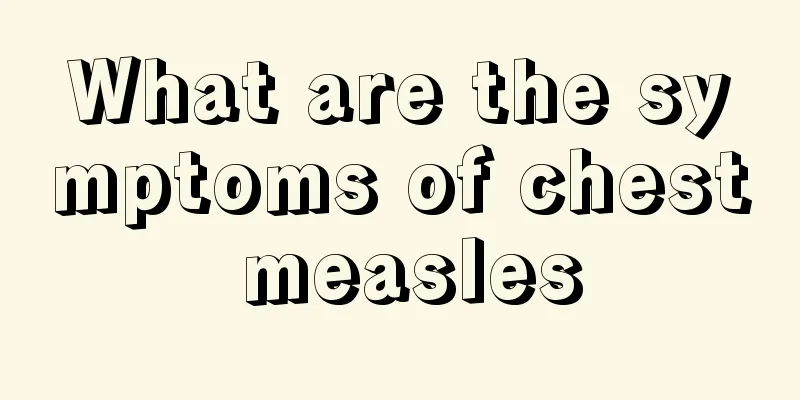What are the indications for pacemakers

|
The technology for installing pacemakers has become very common and mature in our country, which is also good news for many patients with heart disease. However, you should know that not all heart diseases are suitable for pacemaker installation. There are certain indications. Pacemaker indications are mainly divided into three categories: one is recognized, one is controversial, and the other is not suitable. Here we will introduce you to the recognized indications for pacemakers. Sick Sinus Syndrome (SSS) is one of the indications for pacemakers Sick Sinus Syndrome (SSS): and is accompanied by symptoms directly related to bradyarrhythmias. (1) Bradycardia leads to a decrease in cardiac output, causing symptoms such as dizziness, amaurosis, heart failure and syncope; (2) Bradycardia-tachycardia syndrome requires medication to control tachycardia. Atrioventricular block (AVB) is also an indication for pacemakers Atrioventricular block (AVB): mainly depends on the presence or absence of symptoms and the location of the block. (1) Symptomatic AVB of degree II or above, regardless of the presence or absence of symptoms and type; (2) Asymptomatic AVB of degree II or above, but with a ventricular rate of less than 40 beats/min, or confirmed cardiac arrest of more than 3 seconds; (3) Patients with rapid ectopic arrhythmias induced by high-degree AVB who require drug treatment; (4) Trifascicular block. In the above cases of atrioventricular block, it is recommended to install a pacemaker. Other recognized situations in which pacemaker implantation is recommended Other recognized situations in which pacemaker implantation is recommended include: (1) Carotid sinus hypersensitivity: clear recurrent syncope or mild carotid artery compression causing cardiac arrest of more than 3 seconds; (2) Hypertrophic obstructive cardiomyopathy: alleviating left ventricular outflow tract obstruction through right ventricular apical pacing; (3) Heart failure with severe systolic dysfunction: treating heart failure through biventricular synchronized pacing (cardiac resynchronization therapy (CRT), which is one of the important advances in pacemaker therapy in the past 10 years. In this treatment, in addition to implanting electrodes in the right atrium and right ventricle, left ventricular electrodes are implanted through the coronary venous system. Most patients with heart failure who have CRT implants have greatly improved cardiac function.). The above three are the globally recognized indications for pacemakers. Even among the above three recognized indications for pacemakers, there is a distinction between permanent and temporary. Doctors need to analyze based on the patient's condition to see whether it is necessary for the patient to install a permanent pacemaker. If it is not necessary, surgery is not required. |
<<: What causes the stenosis of the lower end of the common bile duct?
>>: Why do children have common bile duct dilatation
Recommend
What are the causes of pancreatic cancer
Pancreatic cancer is a malignant tumor that occur...
What to do if your lips are chapped and swollen
In spring, the weather gradually warms up, but th...
How to confirm the diagnosis of liver cancer
Elevated alpha-fetoprotein is an important refere...
What factors are related to the incidence of prostate cancer
Prostate cancer is one of the common malignant tu...
What are the effects of Yangshen Buxue Granules?
Modern people are under great pressure in life, w...
What is the function of lip balm?
As late autumn approaches, many people will feel ...
The correct way to whiten teeth with vinegar
Vinegar is a stimulating drink that can soften bl...
Will the whole body swell up when dying from laryngeal cancer?
Will laryngeal cancer patients swell up all over ...
Why do my teeth bleed every time I brush my teeth?
This happens to many people. Every morning when t...
What are the symptoms of rectal tumors?
Rectal tumors are very harmful and rank among the...
How to do abdominal breathing?
The abdomen is located in the central part of the...
How to detect ovarian tumor
The so-called color Doppler ultrasound (CDFI), re...
What is the chance of recurrence of gastric cancer after resection
Gastric cancer patients are usually caused by gas...
What are the benefits of drinking dried dandelion in water
When it comes to dandelions, not many people may ...
Dietary conditioning methods for brain cancer radiotherapy
Brain cancer patients, like other tumor patients,...









